Staying comfortable indoors often comes down to one question: should you cool or heat your home? Whether you’re sweating through summer or shivering in winter, understanding how to balance indoor temperature makes all the difference. From optimizing HVAC systems to managing energy costs, finding the sweet spot between cool and heat can improve comfort, health, and efficiency.
Understanding the Science Behind Cooling and Heating
What Happens When You Cool or Heat a Room
Every home operates as a small ecosystem where temperature, air movement, and humidity constantly interact. When you cool a room, an air conditioner removes heat and moisture from the air, lowering the temperature and humidity. In contrast, heating systems add warmth by generating or transferring heat into the air through furnaces, heat pumps, or radiators.
Here’s a simple breakdown:
| System Type | Purpose | Main Function | Common Use |
| Cooling (AC) | Lowers temperature | Extracts heat from air | Hot climates |
| Heating (Furnace/Heat Pump) | Raises temperature | Produces or transfers heat | Cold climates |
Energy transfer is the key concept here. Air conditioners use refrigerants to absorb heat and move it outside, while heaters burn fuel or use electricity to create warmth. In both cases, the system works to maintain thermal equilibrium—keeping your indoor temperature steady despite outside changes.
How the Human Body Reacts to Heat and Cold
Your body constantly regulates its core temperature through a process called thermoregulation. When you’re hot, sweat cools your skin as it evaporates; when you’re cold, your blood vessels constrict to conserve heat. However, external factors like humidity, clothing, and activity level also affect how warm or cool you feel.
Most people are comfortable between 68°F and 75°F (20°C–24°C). Once temperatures fall outside that range, discomfort sets in. In humid conditions, even moderate heat can feel unbearable because moisture slows evaporation from your skin. Meanwhile, in dry winter air, your skin loses moisture faster, leading to a chilly, uncomfortable feeling.
Cool or Heat — When to Choose Each Option
Seasonal Shifts and Regional Climate
Choosing between cooling and heating depends heavily on where you live. If you’re in Florida or southern Texas, cooling is often needed year-round. On the other hand, residents of Minnesota or Maine rely on heating for most of the year.
Humidity plays a massive role too. In coastal or tropical areas, air conditioning not only cools but also dehumidifies, preventing mold growth. In contrast, high-altitude or northern regions benefit more from efficient heating and insulation.
Daily Temperature Management
During transitional seasons like spring and fall, temperatures can fluctuate dramatically between day and night. Switching between cooling and heating at the right time helps maintain comfort and saves energy.
Modern smart thermostats make this easy. They learn your habits, monitor outdoor weather, and adjust automatically to maintain balance. Here’s a simple guide:
| Season | Recommended Cooling Temp | Recommended Heating Temp |
| Summer | 24–26°C (75–78°F) | — |
| Winter | — | 20–22°C (68–72°F) |
| Spring/Fall | 22–24°C (72–75°F) | 20–21°C (68–70°F) |
Tip: Setting your thermostat 1–2 degrees higher in summer or lower in winter can reduce your energy bill by up to 10% annually.
The Role of HVAC Systems in Cooling and Heating
Modern HVAC Innovations
Today’s HVAC systems are designed for efficiency, flexibility, and comfort. Many models combine both cooling and heating functions in one unit, like heat pumps that reverse their operation based on the season.
Other advanced systems include:
- Zoned HVAC systems — allow temperature control in different parts of your home.
- Smart thermostats — learn your patterns and adjust automatically.
- Inverter technology — varies compressor speed to maintain consistent temperature without frequent cycling.
These systems optimize thermal balance and reduce energy consumption by responding intelligently to real-time conditions.
Maintenance Tips for Maximum Efficiency
Proper care keeps your HVAC system running smoothly. Neglecting maintenance can lead to higher bills, poor air quality, and uneven temperatures.
Maintenance checklist:
- Clean or replace filters every 1–3 months.
- Inspect ducts for leaks or blockages.
- Schedule seasonal professional inspections.
- Check refrigerant levels and thermostat calibration.
- Keep outdoor units clear of debris.
A clean, well-maintained system can improve efficiency by up to 15% and extend its lifespan significantly.
Cool or Heat — Energy Efficiency and Cost Savings
How to Lower Energy Bills
Keeping your home comfortable doesn’t have to drain your wallet. Start by improving insulation, sealing air leaks, and using ceiling fans strategically. Fans help circulate air, making you feel cooler in summer and distributing warm air in winter.
Here’s how small upgrades can make a big difference:
| Upgrade | Estimated Cost | Energy Savings (%) | ROI Time |
| Insulation | $500–$1,500 | 15–25% | 2 years |
| Smart Thermostat | $150–$250 | 10–12% | 1 year |
| Air Sealing | $300–$600 | 8–15% | 1.5 years |
Switching to Energy Star-certified appliances can further enhance savings while reducing your carbon footprint.
Eco-Friendly Cooling and Heating Choices
Sustainability is reshaping the heating and cooling industry. Many homeowners now explore geothermal systems, solar-powered HVAC, and eco-friendly refrigerants like R-32. Governments also offer tax incentives and rebates for adopting energy-efficient systems.
In addition, programmable thermostats and smart ventilation systems reduce waste by automatically adjusting airflow and temperature when no one’s home.
Common Problems with Cooling and Heating — and How to Fix Them
Signs Your System Needs Attention
Even the most advanced system needs regular care. Watch out for:
- Uneven temperatures in rooms
- Strange noises or odors
- High humidity levels indoors
- Frequent cycling or sudden shutoffs
- Unexpected spikes in energy bills
These are early warning signs that your cooling or heating system might need servicing or repair.
DIY Fixes vs. Professional Help
While you can handle small fixes like changing filters or adjusting vents, more complex issues—like refrigerant leaks or electrical faults—should be left to professionals. Regular inspections can catch problems early, saving you hundreds in repair costs.
Cool or Heat — Creating Year-Round Comfort
Smart Home Integration
Smart homes are transforming how we manage temperature. Devices like Google Nest, Ecobee, and Honeywell Lyric let you monitor and adjust temperature remotely, optimize energy use, and even follow voice commands through Alexa or Siri.
These systems provide insights into your usage patterns, helping you make smarter, cost-effective decisions about when to cool or heat.
Lifestyle Adjustments for Better Comfort
Sometimes, comfort isn’t just about technology. Simple lifestyle choices can go a long way:
- Dress in layers to adjust quickly to temperature shifts.
- Use blackout curtains to block heat in summer.
- Open blinds during winter days to capture sunlight.
- Cook or use appliances during cooler hours to avoid extra heat buildup.
Case Study:
A family in North Carolina used smart thermostats and improved insulation to maintain consistent comfort year-round. Within a year, they cut energy use by 22% and reported more even temperatures across their home.
Final Thoughts — The Right Balance Between Cool and Heat
Finding your personal comfort zone is about balance. Understanding when to cool or heat helps you stay comfortable while keeping energy use under control. Whether you’re adjusting thermostat settings, upgrading your HVAC, or simply improving airflow, small choices can have big impacts.
As the saying goes, “Comfort isn’t just about temperature—it’s about harmony.”
By mastering this balance, you can enjoy a healthier, more efficient, and perfectly comfortable home all year long.
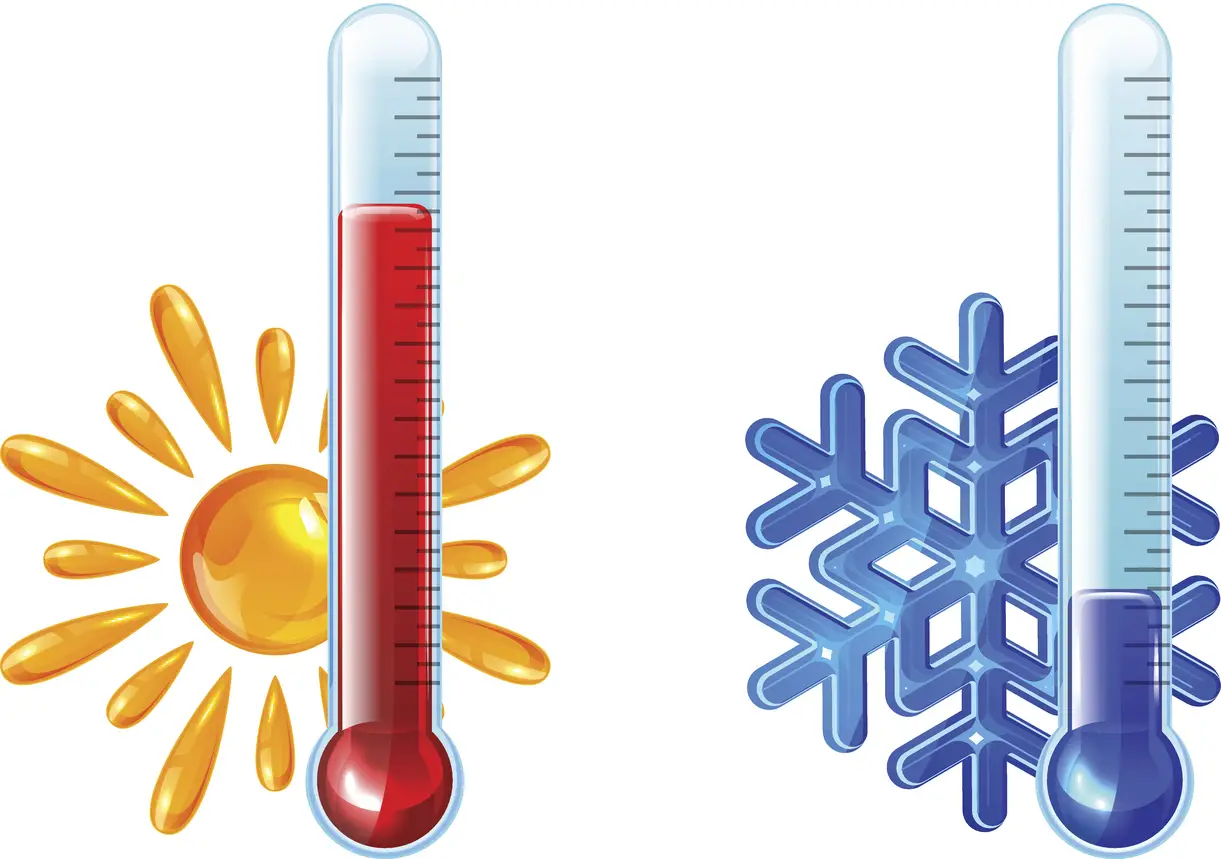


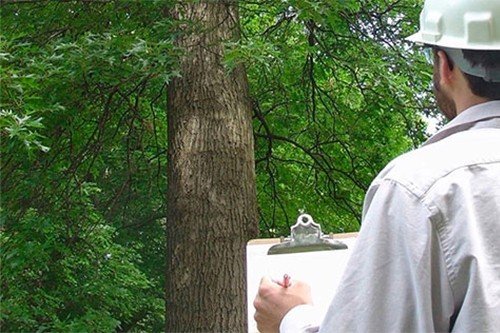
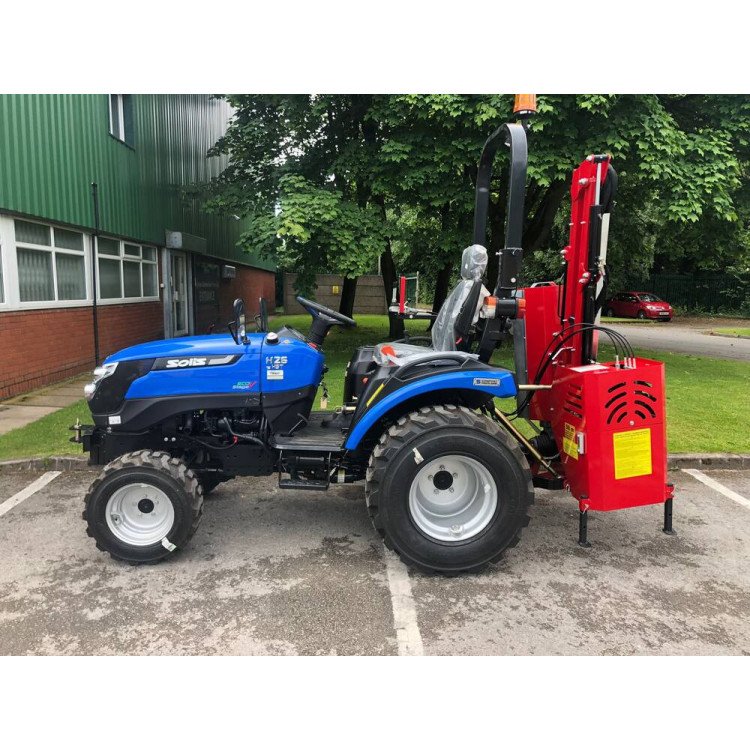



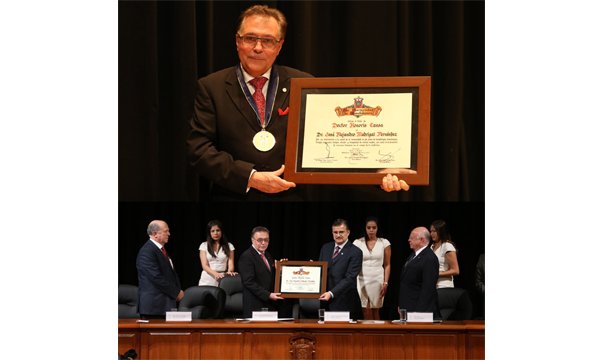



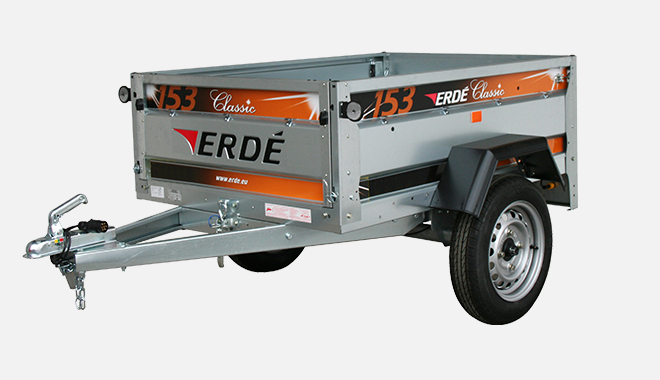

Leave a Reply